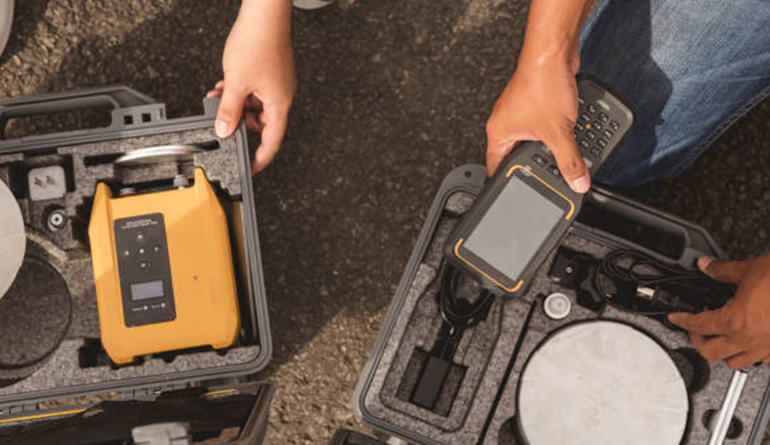
Geodetic Control Survey
A geodetic control survey is a precise surveying technique used to establish reference points with known coordinates on the Earth’s surface. These reference points, known as control points or control stations, serve as the foundation for various surveying and mapping projects, including land surveys, engineering projects, construction, infrastructure development, and geographic information systems (GIS). Here are the key aspects of a geodetic control survey:
Network Design: Surveyors design a network of control points strategically distributed across the survey area to provide comprehensive coverage and ensure accuracy. The selection of control points considers factors such as the size of the area, terrain characteristics, desired level of precision, and the curvature of the Earth.
Control Point Establishment: Surveyors use precise measurement techniques, such as Global Navigation Satellite Systems (GNSS), including GPS (Global Positioning System) or GNSS augmentation systems like GLONASS, Galileo, or BeiDou, to establish the coordinates of control points. These measurements are collected using highly accurate survey-grade GNSS receivers and antennas.
Baseline Measurements: Surveyors establish baselines, which are accurately measured distances between pairs of control points. Baseline measurements help to validate the accuracy of the control network and detect any systematic errors in the survey data.
Data Processing: Raw GNSS measurements collected at control points are processed using specialized software to compute precise coordinates based on satellite observations, reference station data, atmospheric corrections, and other factors affecting GNSS signal propagation.
Coordinate Adjustment: Surveyors perform a coordinate adjustment to refine the coordinates of control points and improve the overall consistency and accuracy of the control network. This involves applying mathematical models and adjustment techniques to minimize discrepancies between observed and computed coordinates.
Datum and Coordinate Systems: Geodetic control surveys are typically conducted using a specific geodetic datum and coordinate system, such as the World Geodetic System (WGS) or a local coordinate reference system based on a national or regional datum. Surveyors ensure that control points are referenced to the appropriate datum and coordinate system to facilitate compatibility with other surveys and spatial data.
Quality Assurance and Quality Control (QA/QC): Surveyors implement QA/QC procedures throughout the survey process to verify the accuracy and reliability of the control data. This may involve independent checks, redundancy in measurements, error propagation analysis, and adherence to industry standards and best practices.
Documentation and Reporting: Surveyors document all aspects of the geodetic control survey, including control point coordinates, baseline measurements, data processing parameters, adjustment results, and any relevant metadata. A comprehensive survey report is prepared to communicate the survey methodology, results, and recommendations to stakeholders.

